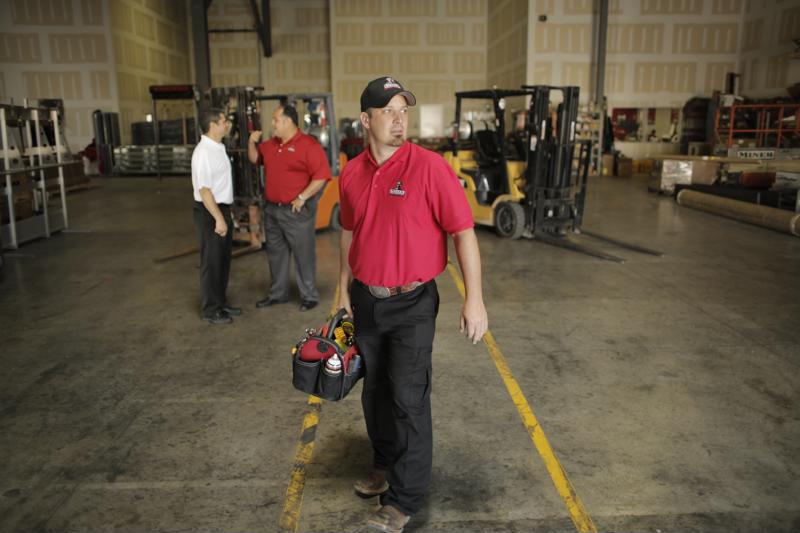The busiest time of year for most retailers is the holiday shopping season. Following the stretch from Black Friday to Christmas, there comes another very busy season: gift returning season. Approximately $90 billion worth of holiday purchases were returned following the holiday season, according to Optoro, a reverse logistics technology company.
Both the supply chain and reverse supply chain are put to the test when orders and returns spike. Busy seasons are excellent for identifying areas of the warehouse or distribution center that aren’t working as well as they should be.
After the shopping and returning have both calmed down, it’s the perfect time to act on observations your staff may have made throughout these busy periods. Here’s how you can conduct a post-holiday warehouse analysis:
Step 1: Gather employee feedback
When it comes to finding out the smallest details about how a piece of equipment performed over the holidays, there’s no better source than the employees who used it regularly. Once business returns to normal, conduct an employee meeting to gather feedback.
Find out who had problems with which assets, and try to uncover how deep those problems run. The problem could be user-related, in which case better training might be in order. It could also be a mechanical issue or an indication that the equipment is aging and in need of some attention. Another possibility is your facility simply isn’t optimized for your peak season. If multiple logistics issues arose during the weeks surrounding the winter holidays, you may need to rethink your layout and the equipment you have.
For example, if there were bottlenecks because there weren’t enough operable forklifts to handle demand, it’s time to either invest in more or tune up any that aren’t in service. If too much time passed because merchandise was being walked from one area of the warehouse to another, consider how a conveyor system could accelerate the process and free up employees.
 Walking through your warehouse to identify weak spots can help prepare for your next busy season.
Walking through your warehouse to identify weak spots can help prepare for your next busy season.Step 2: Conduct a thorough walk-through inspection
Next, conduct a thorough warehouse inspection. Working with a facility maintenance expert like Miner can help identify even small or obscure issues with certain pieces of equipment.
When doing this, take careful note of assets that were critical during the holiday season, such as packaging equipment, conveyors, racking systems and lift trucks. If anything wasn’t working correctly, malfunctioned or outright failed during peak season, now’s the time to determine the cause. Doing so sooner rather than later will help immensely the next time business picks back up – like in a few months, when consumers will invest in summer-related purchases.
During your walkthrough, keep employee feedback in mind. If an asset needs to be added, visualize where it might fit into your space.
Step 3: Identify assets to repair, replace or acquire
Once you’ve collected information and firsthand knowledge from your employees, you can start making an improvement plan. Determine which items need to be repaired and which need to be retired. Also, determine whether you should prioritize the acquisition of any additional assets. When working with Miner, you can count on us to make a sound assessment of your facility, install new items correctly and ensure they’re up to the task of handling your next busy season.

